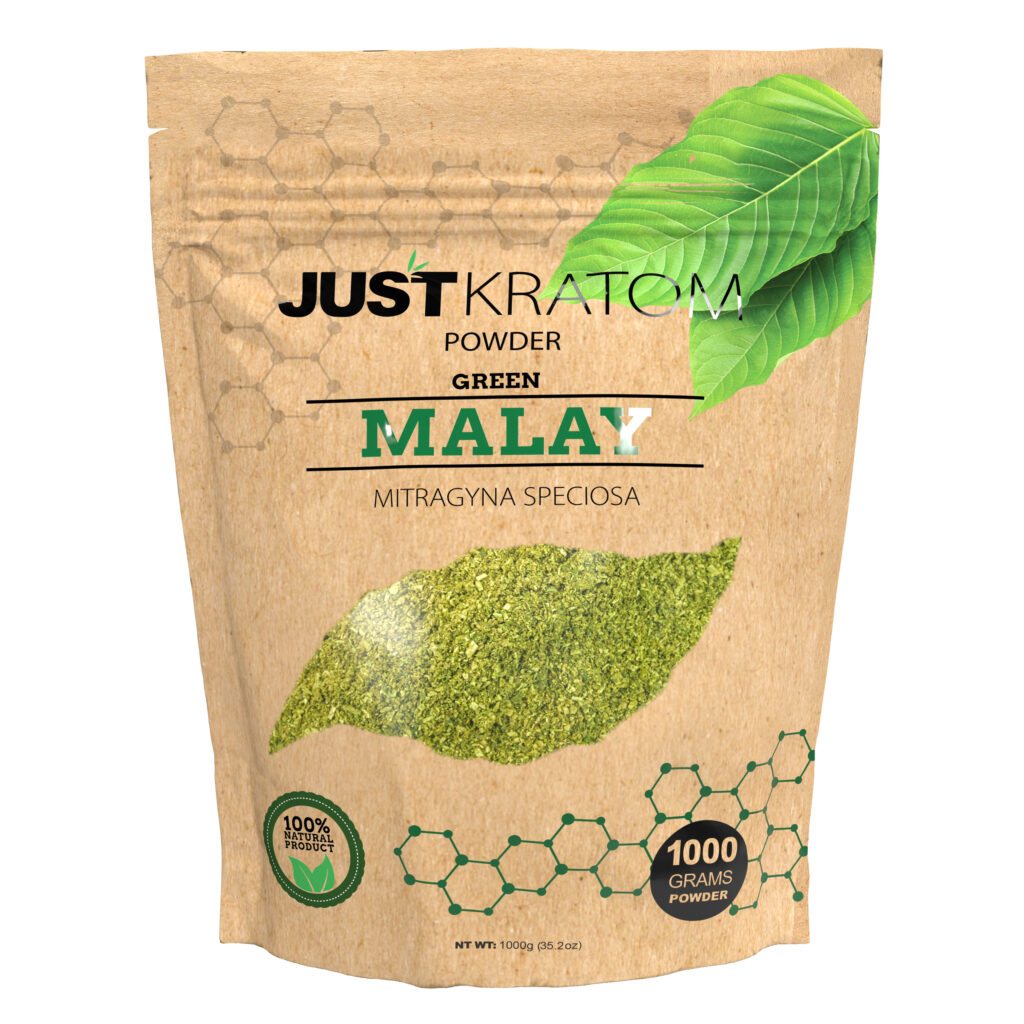Deforestation and Habitat Loss
One crucial environmental consequence associated with kratom powder cultivation is deforestation and habitat loss. Large-scale plantations often encroach upon natural forests, leading to the destruction of diverse ecosystems and displacement of wildlife. This clearing of land for kratom cultivation contributes to biodiversity decline and disrupts delicate ecological balances.
Impact on Biodiversity
One crucial environmental consequence associated with kratom powder cultivation is deforestation and habitat loss. Large-scale plantations often encroach upon natural forests, leading to the destruction of diverse ecosystems and displacement of wildlife. This clearing of land for kratom cultivation contributes to biodiversity decline and disrupts delicate ecological balances.

The impacts on biodiversity are significant:
- Loss of species habitat results in population declines or even extinction.
- Fragmentation of remaining forest areas isolates wildlife populations, reducing genetic diversity.
- Disruption of food chains and ecological interactions can lead to cascading effects throughout the ecosystem.
Loss of Carbon Sinks
Deforestation resulting from kratom cultivation also poses a threat to vital carbon sinks. Forests act as massive repositories of carbon, absorbing vast amounts of carbon dioxide from the atmosphere through photosynthesis. When forests are cleared or degraded, this stored carbon is released back into the atmosphere, exacerbating climate change.
The loss of these natural carbon sinks further contributes to the global increase in greenhouse gases, accelerating global warming and its associated consequences.
Water Use and Pollution
Water use in kratom cultivation can significantly impact local water resources. Irrigation demands, particularly in regions with limited rainfall, can deplete groundwater reserves and lead to water scarcity for surrounding communities and ecosystems. Furthermore, agricultural runoff from kratom plantations can carry fertilizers and pesticides into waterways, polluting water sources and harming aquatic life.
Irrigation Demands
Irrigation demands for kratom cultivation can place significant strain on local water resources. In areas where rainfall is insufficient, extensive irrigation systems are often required to meet the crop’s water needs. This heavy reliance on irrigation can deplete groundwater reserves, leading to water shortages for nearby communities and ecosystems.
Moreover, agricultural runoff from kratom plantations can introduce pollutants into waterways. Fertilizers and pesticides used in cultivation can wash off the fields and contaminate rivers, lakes, and streams. These contaminants can harm aquatic life, disrupt delicate ecosystems, and pose risks to human health through contaminated drinking water sources.
Chemical Runoff from Fertilizers and Pesticides
Chemical runoff from fertilizers and pesticides used in kratom cultivation poses a significant threat to water quality. These chemicals can leach into groundwater or be carried by rainwater into rivers, lakes, and streams.
The presence of these pollutants in waterways has detrimental effects on aquatic life. Fertilizers can cause excessive algae growth, leading to oxygen depletion and the death of fish and other organisms. Pesticides can directly poison aquatic creatures or disrupt their reproductive cycles.
Furthermore, contaminated water sources pose risks to human health. People who consume water from affected sources may be exposed to harmful levels of pesticides and fertilizers, which can lead to various health problems.
Soil Degradation

Soil degradation is a pervasive consequence of intensive agricultural practices, including the cultivation of kratom powder. The clearing of forests for plantations and the repeated use of chemical fertilizers and pesticides deplete soil nutrients, erode topsoil, and reduce its ability to retain water. This degradation has significant repercussions for both the environment and human well-being.
Erosion and Nutrient Depletion
Soil degradation, erosion, and nutrient depletion are major environmental concerns associated with kratom powder cultivation. Large-scale plantations often involve deforestation and the clearing of natural vegetation, leading to soil erosion. The removal of protective plant cover exposes the soil to wind and water, increasing its vulnerability to erosion.
Intensive cultivation practices can also contribute to nutrient depletion in the soil. Frequent use of chemical fertilizers may deplete essential nutrients over time, leading to a decline in soil fertility. This can result in reduced crop yields and an increased reliance on synthetic inputs.
Compaction
Soil compaction occurs when the weight of machinery, animals, or even foot traffic compresses the soil particles together. This reduces the space between particles, making it difficult for roots to penetrate, water to infiltrate, and air to circulate. Compacted soil can lead to a number of problems, including reduced crop yields, increased runoff, and erosion.
Soil compaction is a serious concern in areas where kratom powder is cultivated, as heavy machinery is often used to harvest the trees and prepare the land for replanting. The repeated use of these machines can compact the soil, making it difficult for future crops to grow successfully. Compacted soil can also impede water infiltration, leading to runoff and erosion.
Climate Change Implications
The environmental impact of kratom powder cultivation is a multifaceted issue with significant consequences for biodiversity, climate change, and local ecosystems.
Greenhouse Gas Emissions from Cultivation Practices
Greenhouse gas emissions from kratom cultivation practices contribute to climate change. Deforestation associated with clearing land for plantations releases stored carbon into the atmosphere. Additionally, the production and transportation of fertilizers and pesticides used in kratom cultivation generate emissions.
Furthermore, agricultural machinery involved in planting, harvesting, and processing kratom requires fossil fuels, releasing greenhouse gases during operation.
Mitigating these emissions is crucial for addressing climate change. Sustainable practices such as agroforestry, which integrates trees into farming systems, can help reduce deforestation and sequester carbon.
Promoting organic cultivation methods that minimize fertilizer and pesticide use can also decrease associated emissions. Investing in renewable energy sources to power agricultural operations further contributes to emission reduction.
Impact on Microclimate of Growing Regions
Climate change poses significant threats to the microclimates of growing regions, directly impacting kratom cultivation. Rising global temperatures can lead to shifts in precipitation patterns, causing droughts or increased rainfall intensity, both detrimental to kratom growth. Extreme weather events, such as heatwaves and storms, can damage crops and disrupt agricultural practices.
Changes in temperature and rainfall also influence pests and diseases. Some pests and pathogens may thrive in warmer temperatures and altered precipitation regimes, increasing the risk of crop losses. Additionally, changes in microclimates can affect pollination, impacting fruit set and yield.

Economic and Social Impacts
The cultivation of kratom powder for medicinal and recreational use has significant economic and social impacts that extend beyond the immediate benefits of agricultural production.
Displacement of Local Communities
The establishment of large-scale kratom plantations can displace local communities from their ancestral lands. Communities may be forced to relocate to make way for expanding monoculture farms, leading to disruption of traditional livelihoods and cultural practices.
Moreover, the influx of workers attracted by kratom cultivation can lead to social tensions and changes in the demographic composition of rural areas. Competition for resources such as water and land can exacerbate existing inequalities and create conflicts between local communities and newcomers.
Economically, while kratom cultivation may provide jobs and income opportunities in some regions, these benefits may not be equitably distributed. Local communities may find themselves marginalized from the economic gains if they are excluded from ownership or employment opportunities within the kratom industry.
The potential for corruption and exploitation is also a concern. Land grabs and unfair labor practices can undermine the livelihoods of local people and perpetuate cycles of poverty.
Sustainable development initiatives should prioritize community engagement and ensure that the benefits of kratom cultivation are shared equitably among all stakeholders, including indigenous peoples and marginalized communities.
Competition for Resources with Other Crops
The cultivation of kratom powder creates competition for resources with other crops. Large-scale kratom plantations often require significant amounts of land, water, and fertilizers, potentially leading to conflicts with farmers growing other crops in the same region. This competition can drive up prices for these resources, making it more difficult for other agricultural sectors to thrive.
Moreover, the intensive cultivation practices associated with kratom production can deplete soil nutrients and degrade land quality, impacting the long-term sustainability of agriculture in the area. If not managed responsibly, kratom cultivation could displace other crops and negatively affect local food security.
The economic impacts of kratom cultivation extend beyond agricultural production. The demand for kratom has created a new market with associated businesses involved in processing, distribution, and retail. This can stimulate economic activity and generate employment opportunities in some regions.
However, this growth may not benefit all sectors equally. Small-scale farmers may struggle to compete with large-scale kratom producers who have greater access to resources and markets. There is also the risk of market volatility, as fluctuations in demand can impact prices and livelihoods for those involved in the kratom industry.
Socially, the cultivation of kratom can bring both benefits and challenges. It has the potential to create jobs and improve income levels in rural communities where opportunities are limited.
However, it is important to ensure that these benefits are shared equitably and do not come at the expense of social and environmental sustainability. Concerns about labor practices, land rights, and potential addiction risks associated with kratom use need to be carefully considered and addressed through responsible governance and regulation.
Find top-quality Kratom Powder at Just Kratom
- Cosmelan Depigmentation Peel Near Crowhurst, Surrey - June 23, 2025
- Cosmelan Depigmentation Peel: Everything You Need To Know Before Booking In The UK - June 22, 2025
- Choosing The Right Clinic For Tinkerbell Nose Tip Lift In London - June 19, 2025
